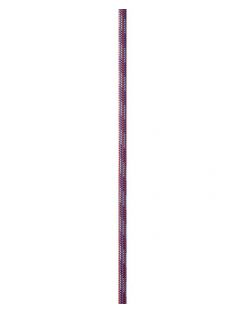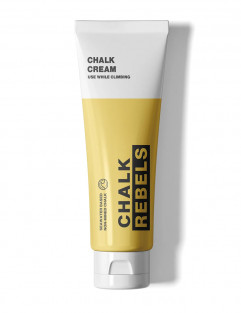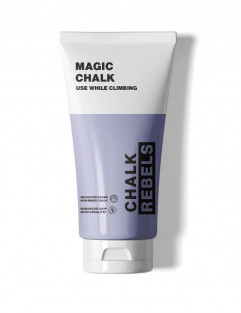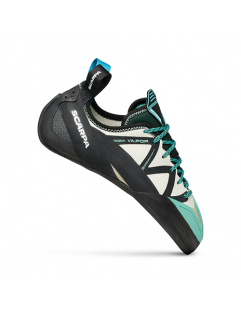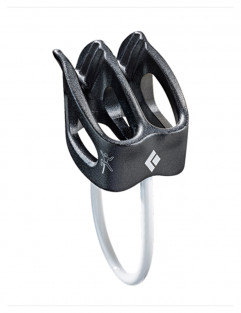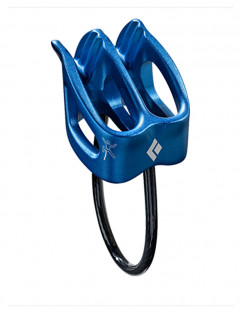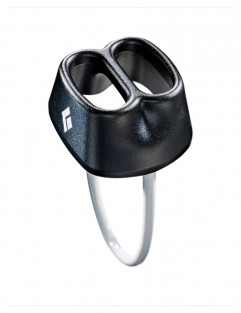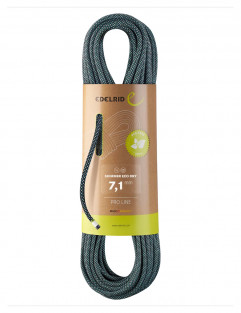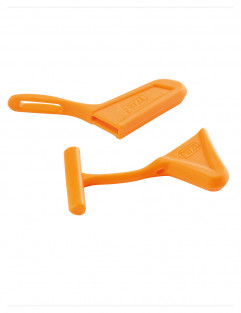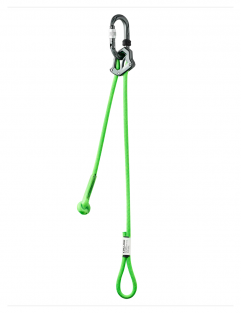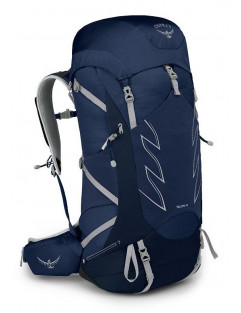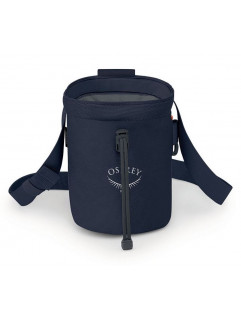New products
home
Arc'teryx -...Active filters
accessory-cords
Edelrid - Powerloc Expert SP 8 mm - Oasis/Flame - 1 mliquid-chalk
Chalk Rebels - Chalk Cream - 100 ml - Liquid Chalkliquid-chalk
Chalk Rebels - Magic Chalk - 80 ml - Liquid Chalk with...lace-up-shoes
Scarpa - Vapor Lace Wmn - Dust Gray/Aqua - Women's...non-assisted-belay-devices
Black Diamond - ATC-XP - Black - Belay Devicenon-assisted-belay-devices
Black Diamond - ATC-XP - Blue - Belay Devicenon-assisted-belay-devices
Black Diamond - ATC - Black - Belay Devicealpine-ropes
Edelrid - Skimmer Eco Dry 7,1 mm - Night - Mountaineering...ice-axes
Petzl - Pick and Spike Protection for Ice Axebelay-lanyards
Edelrid - Switch Adjust - Neon Green - Climbing Lanyardclimbing-backpacks
Osprey - Talon 44 L - Ceramic Blue - Hiking Backpackchalkbags
Osprey - Zealot Chalk Bag - Cetacean Blue - Climbing...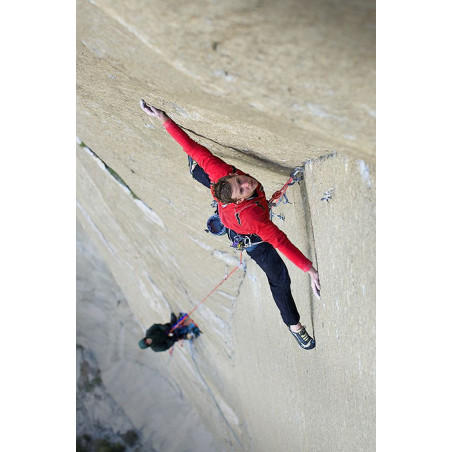
Trad & Big Wall
Lets go trad climb…………..what do you need to do this?
The term 'Trad' climbing or traditional climbing did not exist until a couple of years ago. It only became commonplace since sport climbing got so popular and pre-bolted routes established themselves as standard. Up through the "old days" of the 1980s, trad was simply known as climbing.
What is the difference between Traditional Climbing and Sport Climbing?
First major difference is that Traditional climbing involves carrying and placing protection (camming devices and so on) rather than clipping into preplaced bolts. Furthermore, the traditional climber needs to practice route-finding, compared to a sport climber who just needs to follow the bolts up a particular route. Moreover, the traditional climber needs a good knowledge on how to build anchors and the skill to make them. These are some of the main differences, there's more to it which we can discuss here at the shop.
Trad Climbing Gear
I'm sure you have heard the term Nuts & Friends before and asked yourself what the heck those people were talking about. Those are common names given to trad protection. This protection can be divided into two main categories, first Active protection, such as camming devices or "friends" and Passive protection such as chocks, nuts or tapers. Next, the climber has to attach both sling & carabiner to every protection piece in order to secure the rope. Meaning, that he/she is carrying a whole range of protection, slings and carabiners, and even more gear to create a belay anchor at the top of the pitch.
Active Protection
Spring-loaded camming devices have 3 or 4 curved cams that pull inward when the device's trigger is pulled, then expand into the crack when the trigger is released and if placed correctly won't even come out with a significant shock load.
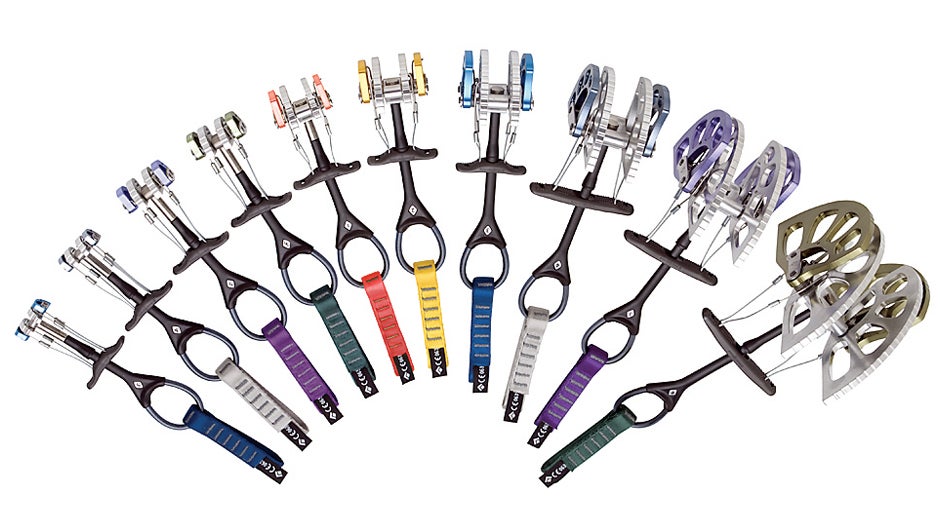
Passive Protection
Wedges are tapered chunks of metal, usually on a wire, that are wedged or jammed into or behind a crack in the rock. Cams are more rounded and are twisted or rocked in order to jam into place.

Know your gear before you climb
Before you attack the mountains with your new shiny hexes, nuts and camming devices, make sure you know how they work. It is absolutely essential that you find an experienced instructor and learn how to make solid anchors and how to place protection.
We are constantly adding to our range of products so we can propose all the right gear you will need during your climbing.
The choices are endless and difficult today so contact our Customer Service or send us a mail to help you choose the right product for your needs.
Shop online.........more time to climb.
Casper's Supports Your Summit





